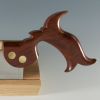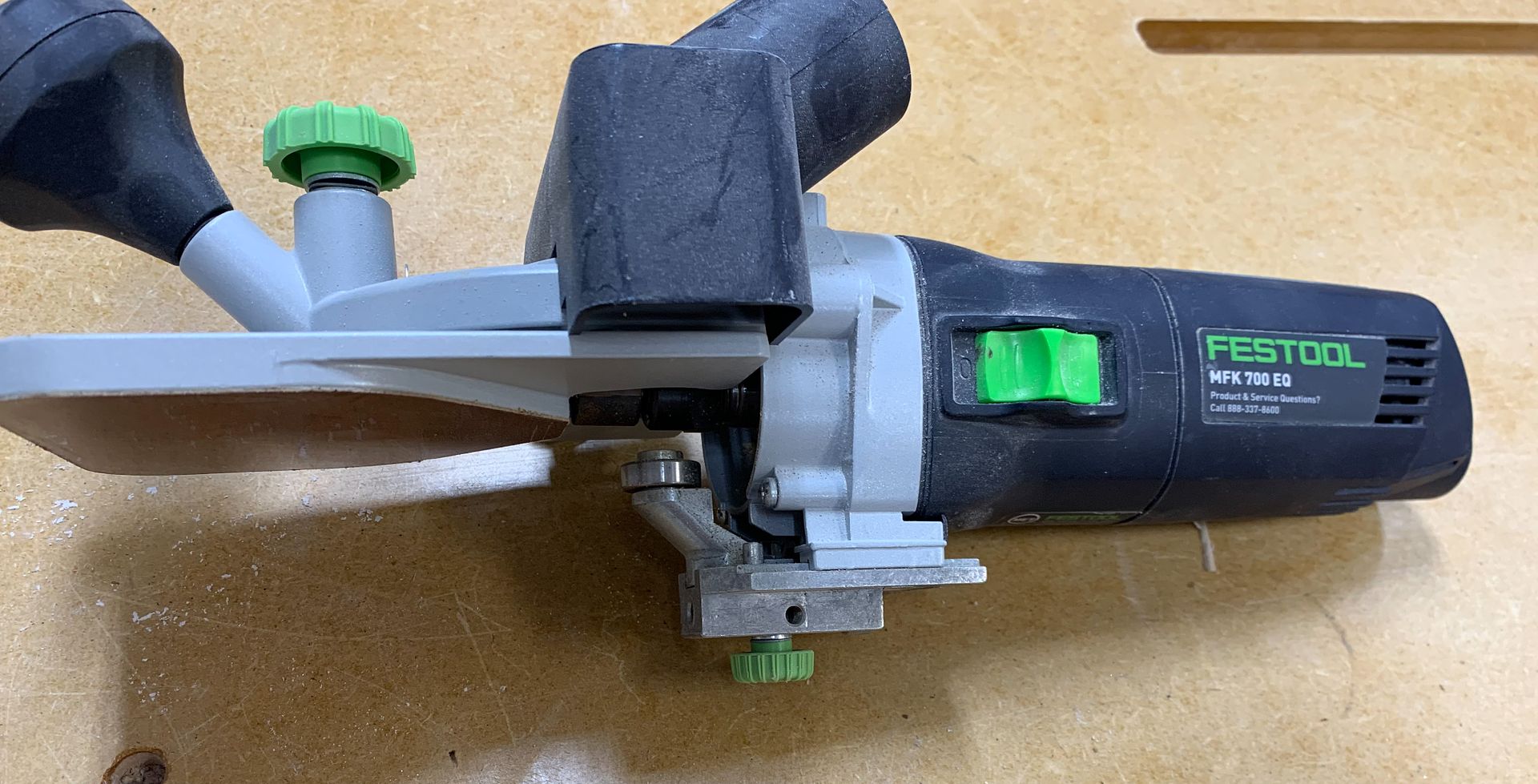I'm struggling with edging plywood, and hoping someone can give me some guidance. I have several projects going that use walnut veneered plywood. I glued walnut strips onto the edges so I could hide the plywood edge. I made my walnut strips 1/4" thick and 7/8" wide, so I could trim it flush after gluing it on, then add a small corner radii. My first idea was to trim it with a flush trim router bit, and I struggled to hold the router square on the 3/4" thick plywood. Then I had the idea to sand it flush with my drum sander. This worked a little better than the router, but it wasn't great, because any slight warp in the plywood, and the drum sander sands right through the veneer. Then I made a right angle block to clamp to the panel to help support the router and keep it square while using the flush trim bit. I haven't used this yet, but it seems fiddly to say the least. Is there an easy fool proof way to trim the overhang off the edges and get it as close to flush with the plywood sides?







 Reply With Quote
Reply With Quote





